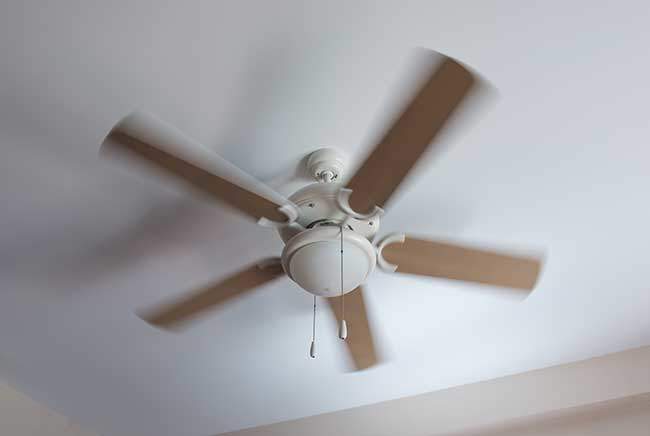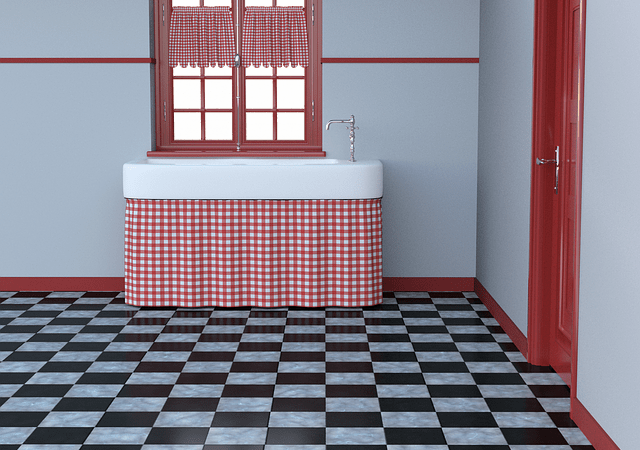Ceiling Fans

Ceiling Fans
Looking for alternatives to skyrocketing energy bills and air conditioning?
The ceiling fan can reduce your energy bill by up to 40% if used correctly in your home.
Nowadays there are fans to suit all sorts of room sizes, ceiling slopes and décor. Hugger fans come with or without lights, and are flush mounted against the ceiling. They are ideally suited for small rooms with low ceilings. Trends bring the elegance of a chandelier and fan to give form to the fandelier – combination of any variety of light fixture with the fan incorporated into the design. Outdoor fans are also popular in a variety of styles and blades running from a span of 44” up to 72”. Others are wall mountable, and of course you have the traditional oscillating stand fans and personal metal fans.
Considerations
Before purchasing your ceiling fan however, there are a few considerations to think about: where will the fan be installed; what is the right blade span for your room; what is the slope of the ceiling? Do you want a fan with light or without light? Your local lighting and fan specialist can guide you on what will work best for your room/s.
Look for remote controls for your fan and also ensure the fan is energy efficient and has high airflow. Fans have both a forward and reverse option. The direction in the summer is forward or counterclockwise. The downward flow produces a wind chill effect. In the winter, the fan direction is reverse or clockwise – to warm up a room in cooler weather. In reverse mode, a slow fan can circulate the warm air trapped from the ceiling down to the floor. High ceiling rooms require medium or high speeds to be more effective.
The chart gathered from ceiling fan experts below designates the approximate fan size and suggested CFM – cubic feet per minute, of airflow on the ceiling fan.
Room size Blade span CFM
- 6 x 6 24” – 36” 3,000 – 4,500 CFM
- 8 x 10 37” – 48” 4,000 – 5,500 CFM
- 10 x 15 49’ – 56” 6,200 – 7,500 CFM
- 15 x 15 56” – 80” 7,000 – 9,000 CFM
The higher the airflow the more you feel the cooling breeze. Most typical fans available for bedrooms or small living spaces are sufficient at 4,000 and 5,500 CFM. The larger the motor, the more pitch and airflow will be produced. For higher ceilings you need more CFM and larger size fan. For lower ceilings and smaller rooms, you can use a smaller size fan.
Now that you have a little more information regarding the approximate size and type of fan for your room/s, the hunt for fans can now be focused on the style for your décor as well as functionality.








